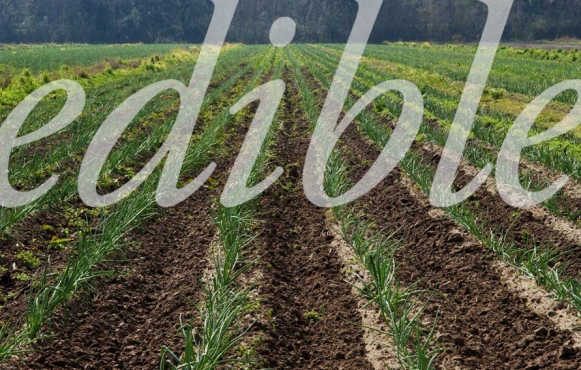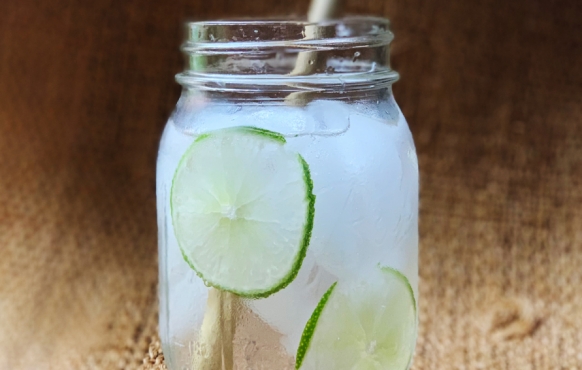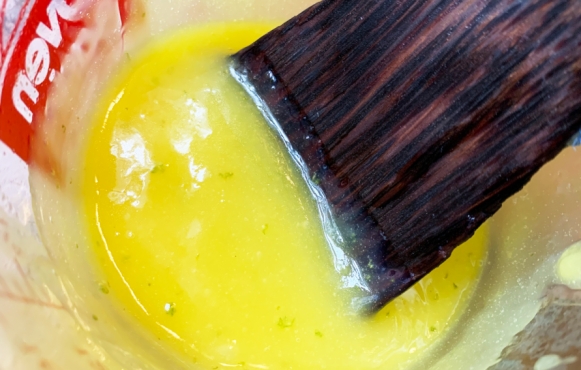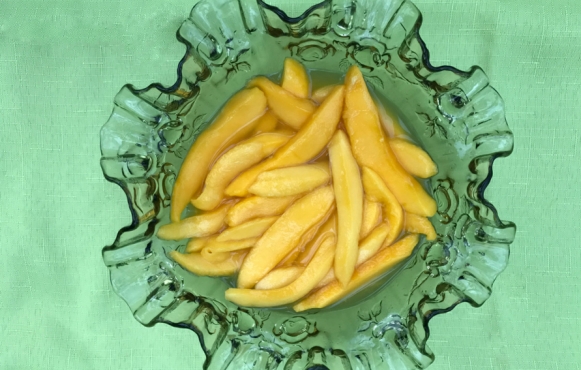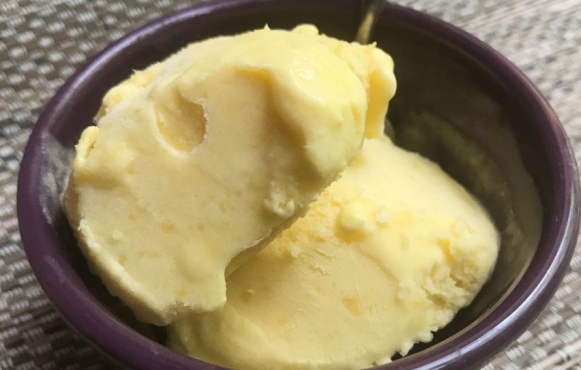Once Upon a Lime
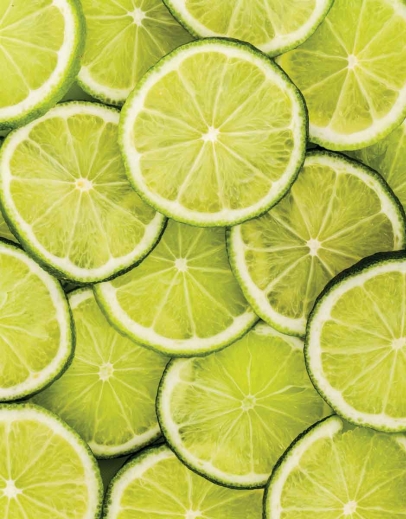
A little more than three decades ago, South Florida was supplying the rest of the country with half of the Persian limes it needed. There were plenty of tart, juicy domestic limes for fresh lime margarita pitchers and ancho chile lime squab marinades in the United States. Groves in Homestead and the Redland were producing enough limes for canned and frozen juice and concentrate, frozen limeade and powdered lime juice, too.
Then the story takes a troubling turn. In 1992 Hurricane Andrew swept through South Florida and destroyed many of the commercial lime groves. Several years later, citrus canker struck and, in its efforts to curb the spread of the disease to the prolific central Florida citrus-growing area, the state destroyed healthy trees along with diseased ones. Fast-forward to 2005 when the deadly disease citrus greening – HLB – was discovered in South Florida. Meanwhile, while growers were replanting or switching to other crops, Mexico had been stepping up its lime production and is now the largest producer of key limes and Persian limes in the world.
But farmers are famously resilient, and in recent years, they’ve been replanting lime trees in the Redland, says Louie Carricarte of Unity Groves and Taste of Redland. “There are different practices to control or manage disease,” he says. “We’ve got to get the supply up.” Unlike their hard, dry Mexican counterparts, limes grown in the Redland are soft and heavy with juice that squirts out when you slice into it, he says. “Florida limes yield more juice and have a real lime flavor.” As growers work to increase production and get a consistent product, look for more limes in markets, bars and restaurants in South Florida.
Look in your farmers markets for fat, juicy, green local limes and and try them out in these recipes.
Communities Near You
What’s happening near you
Visit Lauderdale Food & Wine Festival returns January 13-19, 2025
Las Olas Oceanside ParkFort Lauderdale


